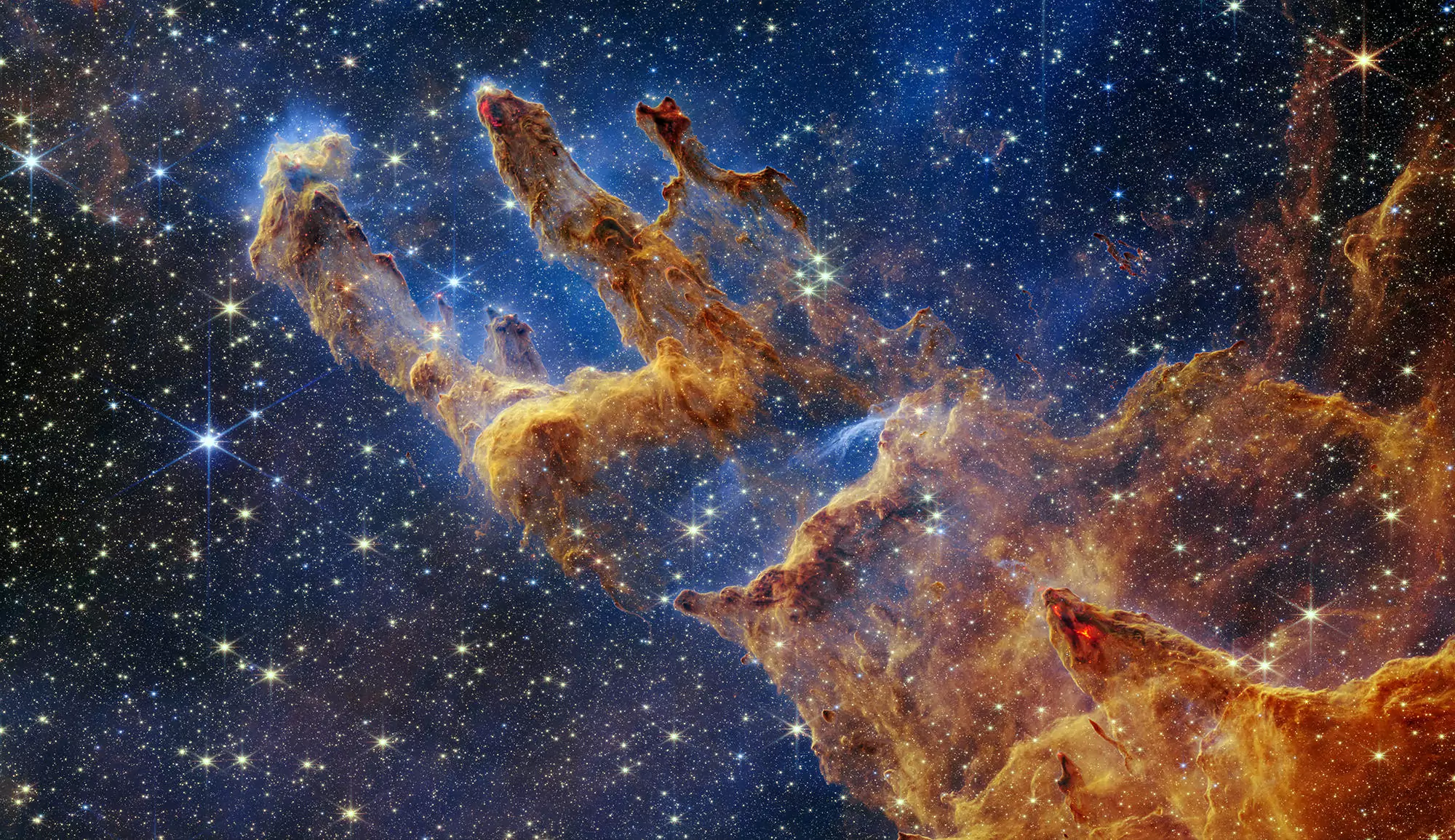Most large galaxies were formed through merging smaller entities, in a scenario called "hierarchical galaxy formation." It is during these mergers that stars are formed as well as elements heavier than hydrogen and helium. Large galaxies with very luminous infrared emissions are galaxies in the process of merging as illustrated by the sequence shown in the Figure, from left to right.
A big problem with the hierarchical scenario was that these ultra-luminous infrared galaxies seemed to have far fewer heavy elements than other galaxies. So, did those galaxies really form by merger, or did other phenomena explain their formation ?
An Anglo-American team led by Nima Chartab (University of California) has lifted the veil, by performing infrared spectroscopy of these galaxies, to deduce the fraction of heavy elements. And there, surprise ! Unlike previous measurements all made at visible wavelengths, these galaxies have as many heavy elements as other galaxies of the same mass. The article is published in the journal Nature Astronomy, in May 2022.

What happened ? Astronomer François Hammer of the Paris Observatory, Paris Sciences et Lettres, comments these results, in a "News & Views" article published in the journal Nature Astronomy on July 18, 2022. Analyzes made in visible light could only identify a tiny part of the formation of heavy elements in these galaxies, creating an observational bias. The formation of heavy elements in the galaxies shown in the Figure is concentrated in the central regions of these merging galaxies. This is where the dust is formed at the same time, which hides the formation of stars and heavy elements at visible wavelengths.
Hence the conclusion that the ultra-luminous infrared galaxies are indeed part of the same chemical sequence as the other galaxies. In addition, they represent well the different stages of mergers during which all galaxies were formed, whether spiral or elliptical. The hierarchical scenario of the galaxies is well confirmed.
References
– Chartab, Nima et al., Low gas-phase metallicities of ultraluminous infrared galaxies are a result of dust obscuration, Nature Astronomy 6, 844 (2022)
– Hammer, François, High abundances hidden in the very dusty medium, Nature Astronomy 6, 776 (2022)
